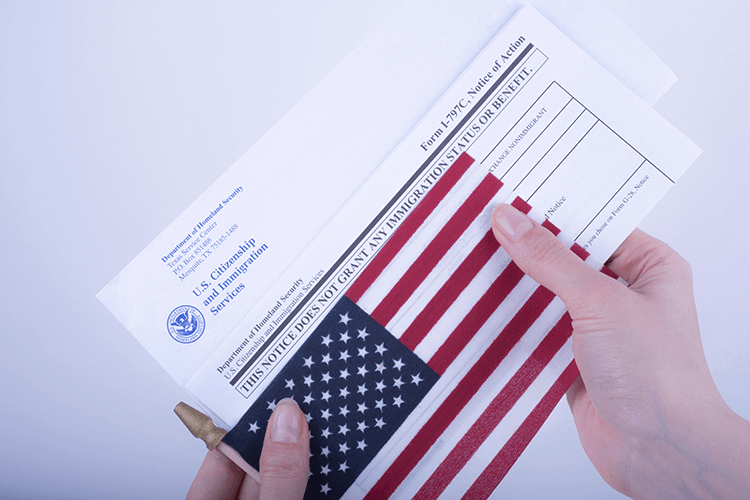What is the H-1B work visa in the United States?
The (H-1B) visa in the United States is a non-immigrant visa that allows individuals to come and work in the country for a temporary period. It is known as a temporary work visa that permits U.S. employers to recruit and employ skilled foreign workers in specific occupations.
This visa was established in 1990 through the U.S. Immigration and Nationality Act, with the aim of assisting American companies in hiring the necessary workforce in fields that require specific expertise and qualifications.
Through this visa, employers can attract and hire individuals who excel in their respective fields of work. The U.S. Department of Defense, for example, has the ability to employ individuals who will be assigned to research and development roles within the department.
Individuals interested in applying for the H-1B work visa in the United States must find an employer willing to sponsor and support their residency application, which they will submit to the U.S. Citizenship and Immigration Services.
Requirements for the H-1B work visa in the United States
There are essential requirements that applicants must meet to qualify for this program, including:
- The applicant must hold a bachelor’s degree or higher in the specified field or its equivalent as a minimum requirement to enter the profession in the United States.
- There must be a job offer from an employer in the United States.
- The applicant must have practical experience in one of the specialized professions, such as engineering, mathematics, sciences, medicine, or architecture.
This visa enables temporary workers to reside in America for 3 years, and can be extended for an additional period of 3 years, and cannot exceed 6 years except in exceptional cases.
Additionally, the spouse and unmarried children under the age of 21 can also apply for residency under the primary applicant’s petition through the H-4 non-immigrant visa program.
Stages of the H-1B Work visa process in the United States
Applicants must go through several stages in the H-1B work visa process, as follows:
Stage one: Submitting of the Labor Condition Application (LCA)
Employers submit the Labor Condition Application (LCA) to the Department of Labor. This application indicates the employer’s intention to obtain a work permit for the foreign worker.
Stage two: Submitting the residency application form
In this stage, the employer submits the Petition for a Nonimmigrant Worker (Form I-129) to the U.S. Citizenship and Immigration Services (USCIS). This includes attaching the approved and certified Labor Condition Application from the previous stage.
Stage three: Apply for the temporary work visa
If Form I-129 is approved, the applicant, who is outside the United States, applies for the H-1B temporary work visa. This can be done through the U.S. Department of State or any U.S. embassies or consulates abroad.
Following this, the applicant applies to U.S. Customs and Border Protection for entry approval into the United States through the H-1B temporary work visa.
This visa can potentially pave the way for the holder to apply for permanent residency in the United States and, subsequently, U.S. citizenship, provided that the conditions are met. U.S. companies leverage the H-1B visa program to attract skilled workforce from around the world, offering various options within the work visa system.
Comparison between the H-1B work visa in the United States and other programs
Despite the benefits offered by the H-1B work visa in the United States, it does not allow applicants to obtain permanent residency in the United States or add family members unless specific conditions are met. This is in contrast to other programs, such as the EB-5 Investor Visa.
The EB-5 Investor Visa in the United States is a program established in 1990 in an attempt to stimulate the U.S. economy. This program offers several benefits, including:
- Obtaining permanent residency in the United States (Green Card).
- Investing in established investment projects across various sectors of the U.S. economy.
- No specific age limit for the investor.
- No requirement for work experience, proficiency in the English language, or a certain level of education.
If you are interested in learning more details about the EB-5 Investor Visa program in the United States, you can contact us and schedule a free consultation by clicking on the link here.


